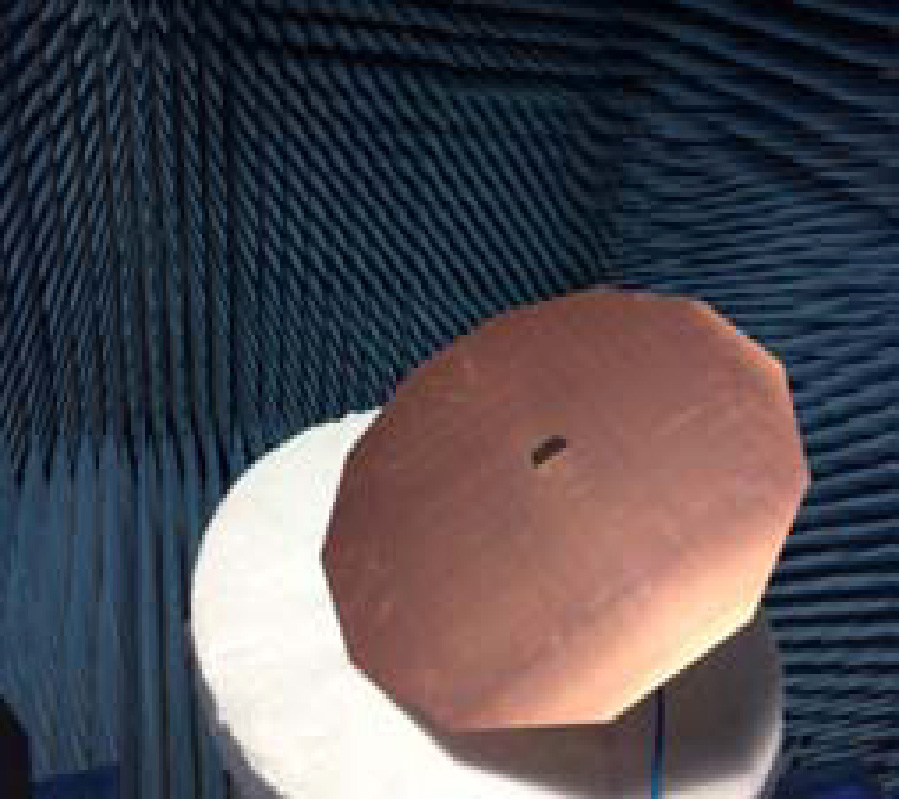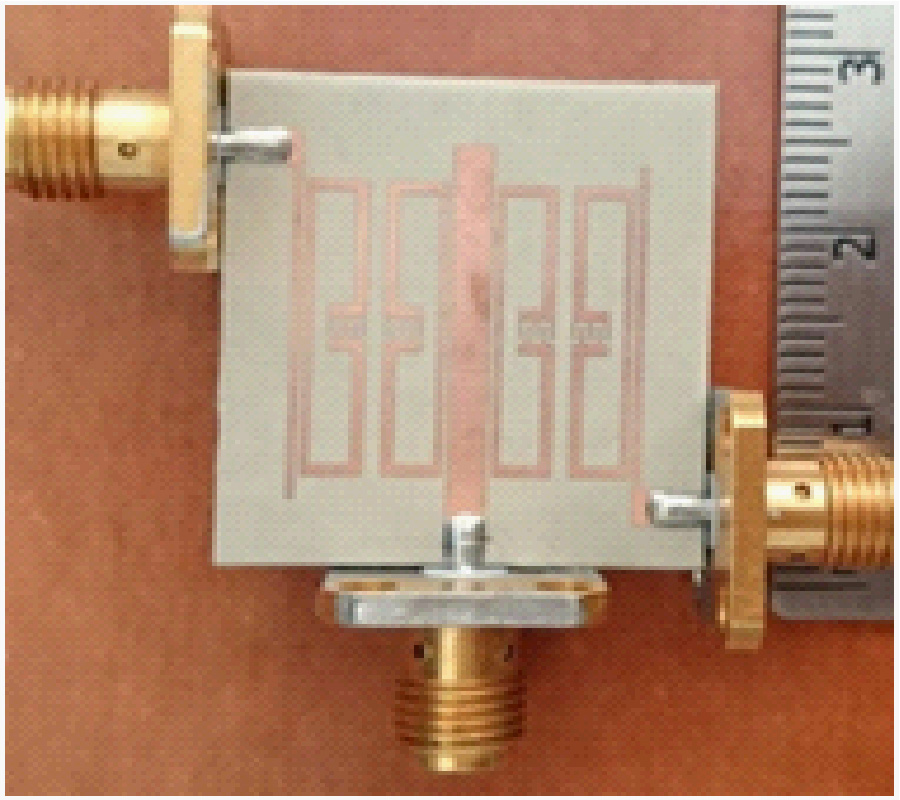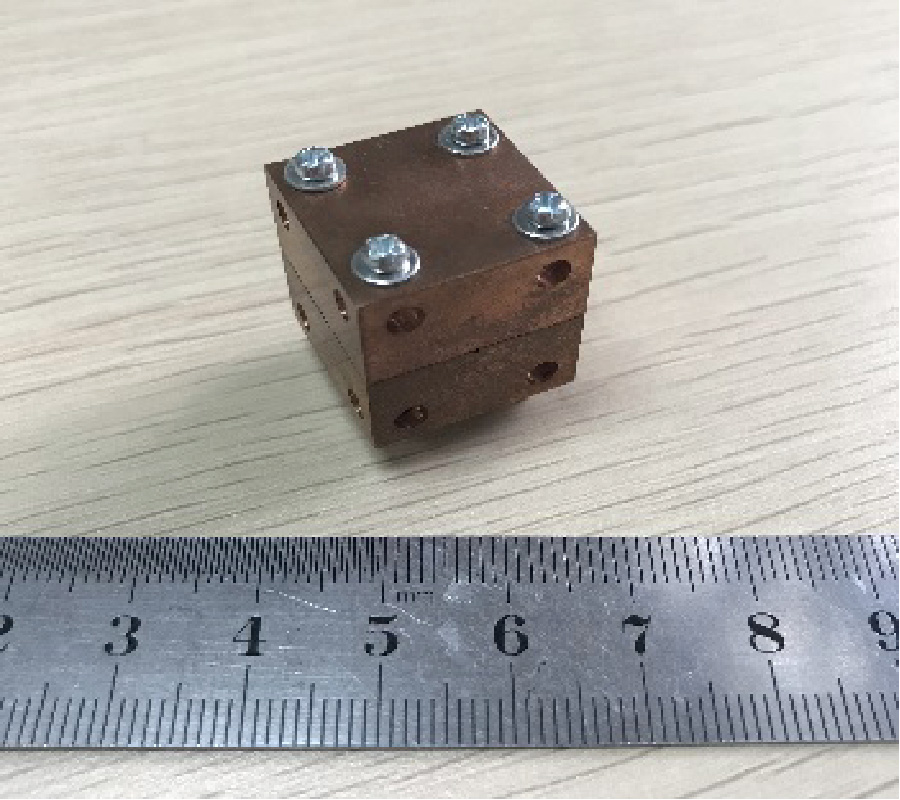A Study of Designing Circular Polarization for Leaky Coaxial Cable at 900 MHz
Qiao Guan,
Chongchong Chen and
Bingxin Song
Widely applied in confined areas communication, leaky coaxial cable (LCX) is used as an antenna to provide communication services for mobile devices. In order to improve the quality of mobile communication in narrow and long spaces such as subway or tunnel, the method of designing LCX with circular polarization radiation property is proposed, which consists of aperture's design, circular polarization simulation verification and coupling loss test. Firstly, the regular circumferential asymmetry apertures are designed and slotted in the outer conductor of the LCX to achieve radiating φ component of the electric field, and the optimized size of the aperture for achieving circular polarization is obtained by the simulation results from Ansoft HFSS. Then, the circular polarization characteristics in the maximum radiation direction are obtained. Further, the relation between it and the gain of the optimized aperture is analyzed. Finally, the coupling loss is calculated for evaluating the performance of the LCX. The simulation results show that the two designed LCXs have the circumferential circular polarization range of 30~70 deg in the maximum radiation direction at 900MHz, and the range is twice of the conventional LCX. The coupling loss indicator also meets the requirements.



















